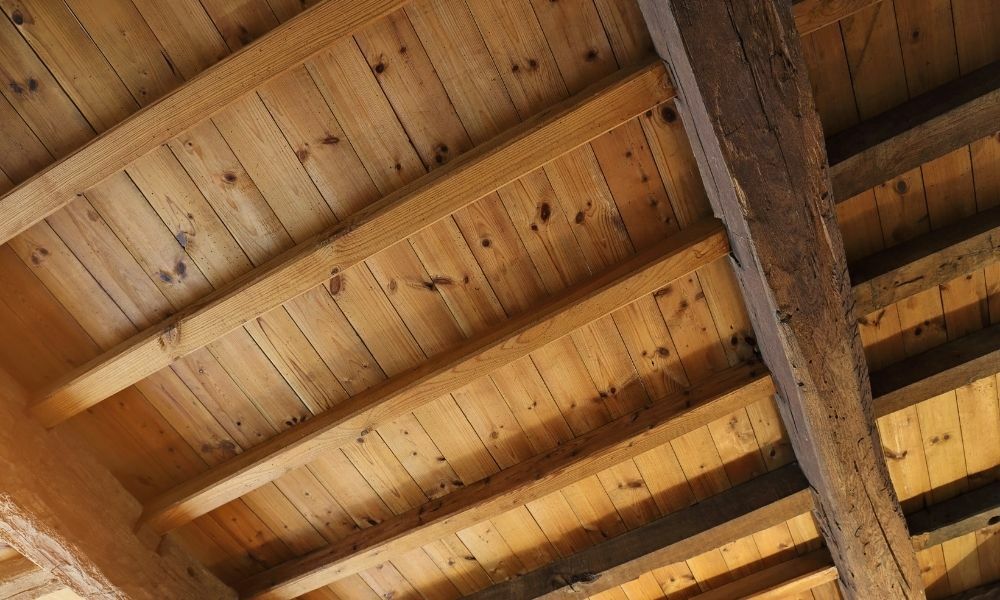The purpose of wood treatment is one of protection and prevention by adding preservative chemicals to wooden materials. This preservation is always a good idea as it extends the lifespan of wooden applications such as antique hand-hewn beams that may be vulnerable to moisture, termites, fungi, and other contaminants that may erode and decay the wood. So how do you accomplish this? Here are things to know when treating wooden beams.
Advantages of Treated Wood
So, as we touched upon, the treatment of wood’s primary function is to extend the lifespan of wooden beams. Once treated, wood lasts for about 25 years in comparison to untreated wood lasting about five years. This greater lifespan protects the wood’s structural integrity from being compromised by termites and other pests or contaminants. This reduces the frequency with which wooden beams need to be replaced and repaired while also reducing the number of trees that need to be harvested to keep up with such replacements.Pressure Treatment
The next thing to know when treating wooden beams is that there are two techniques. The first method we’ll look at is pressure treatment. In pressure-treated wooden beams, the preservatives are infused into the wood just below the surface. This infuses wood fibers with preservatives while removing any excess so that you only apply the amount of chemicals necessary to protect the wood. These pressure treatments come in three categories:- Waterborne treated lumber for residential, commercial, and industrial buildings.
- Creosote-treated lumber for guardrail posts, railroad ties, and marine structures.
- Oil-borne treated lumber for utility poles and cross arms.

